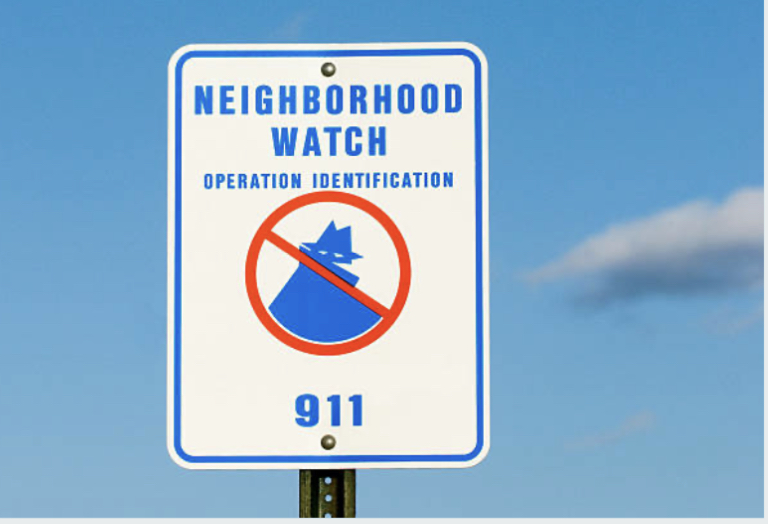Strengthening Community to Combat Crime


Introduction
Crime is a pervasive challenge that affects communities worldwide. While law enforcement agencies play a crucial role in maintaining safety and security, an equally important factor in the fight against crime is the collective resilience of the community itself. The Community Resilience Theory of Crime provides valuable insights into how communities can actively engage in crime prevention and reduction efforts. By understanding and applying this theory, communities can empower themselves to tackle crime at their level effectively.
Understanding Community Resilience Theory
The Community Resilience Theory of Crime emphasizes the importance of fostering strong social bonds, promoting community involvement, and nurturing informal social control mechanisms within the neighborhood. These factors contribute to creating a cohesive and supportive environment that is less susceptible to criminal activities. By focusing on building community resilience, citizens can collaborate in a shared effort to protect themselves and their fellow residents.
Strengthening Social Bonds
A fundamental aspect of community resilience is the establishment and nurturing of social bonds among residents. This involves developing trust, cooperation, and communication between individuals and groups within the community. Social bonds serve as a vital deterrent against crime, as individuals are more likely to look out for one another, share information about suspicious activities, and work together to address issues proactively.
Promoting Community Involvement
Community involvement is another essential aspect of the theory. When residents actively participate in community activities, they develop a sense of ownership and responsibility for their surroundings. This engagement not only enhances community cohesion but also helps deter potential criminals who are less likely to target an area where residents are vigilant and active.Here are some examples of ways to encourage community participation:
Community Events: Organizing local festivals, fairs, and gatherings that bring residents together.
Volunteer Programs: Establishing initiatives that encourage people to contribute their time and skills to community projects.
Neighborhood Watch: Encouraging residents to collaborate in ensuring the safety and security of their neighborhood.
Local Committees: Forming committees to address specific issues, such as environmental concerns or public services improvement.
Skill Sharing: Encouraging community members to share their expertise with others through workshops or classes.
Social Media Engagement: Using social platforms to connect residents, share information, and promote community events.
Town Hall Meetings: Holding open forums for residents to voice their concerns and engage in discussions with local leaders.
Creating Informal Social Control Mechanisms
Informal social control refers to the unwritten rules and norms that govern behavior within a community. When these norms are strong, they act as powerful tools in preventing criminal behavior. Encouraging positive peer pressure, promoting values of respect, and addressing minor issues promptly can contribute to an environment that discourages crime. Informal social control empowers the community to intervene in potential criminal situations before they escalate, leading to a safer and more secure neighborhood. Some examples include:
Gossip: Spreading rumors or discussing others’ behavior to discourage deviant actions.
Peer Pressure: Friends and peers influencing each other to conform to social norms.
Social Shaming: Publicly calling out or ostracizing individuals who violate norms.
Social Rewards: Recognizing and praising individuals for following accepted behaviors.
Informal Surveillance: Community members keeping an eye on others’ actions to prevent deviance.
Rumor Mills: Disseminating information to create a sense of accountability and conformity.
Practical Steps for Communities
Establish Neighborhood Watch Programs:
Neighborhood Watch programs can be instrumental in fostering community involvement and increasing surveillance of the area. Residents collaborate with local law enforcement to keep an eye on suspicious activities, enhancing safety.
Engage in Community Initiatives: Encourage residents to participate in community events, clean-up drives, and other activities that promote social bonding and a sense of community ownership.
Create Communication Channels: Establish communication channels such as community forums, social media groups, or local newsletters to share information and address concerns collectively.
Support Local Youth Programs: Providing constructive outlets for the youth through sports, arts, or educational programs can divert them from criminal influences and build a strong foundation for future generations.
Empower Local Leaders: Support and empower community leaders who can act as positive role models and advocates for crime prevention initiatives.
Conclusion
The Community Resilience Theory of Crime highlights the critical role of community engagement and solidarity in combating crime effectively. By strengthening social bonds, promoting community involvement, and nurturing informal social control mechanisms, residents can actively contribute to a safer and more secure neighborhood. Combining the efforts of law enforcement with empowered communities will create a powerful alliance against crime, leading to a brighter and safer future for all.




